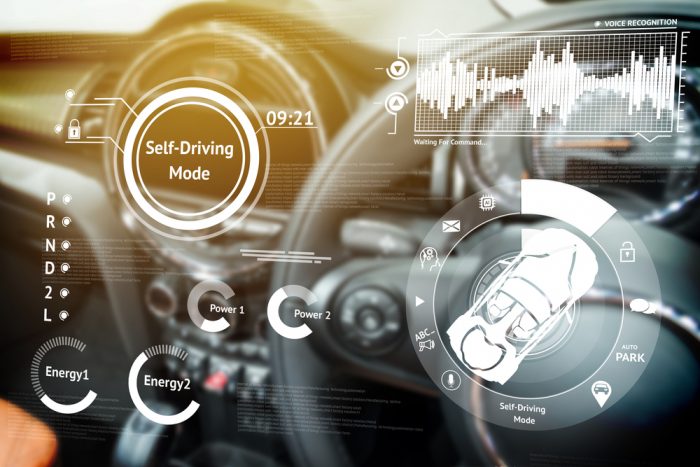What is the future of self driving cars
Technology is always evolving and it’s having an impact on the motoring industry. 20 years ago the idea of a self-driving car would have seemed like a far-flung dream. Fast-forward to 2017 and now it seems we’re on the threshold of autonomous vehicles transforming our roads.
To help explain the levels of automation, the Society of Automotive Engineers (SAE) has broken the stages into six different levels. These are:
- Level 0 – Zero Automation. This is a vehicle without any driver assisting features, including traction control, antilock brakes or electronic stability controls. A driver is needed at all times to ensure that driving is safe.
- Level 1 – Driver Assisted Automation. This is a vehicle that includes intelligent features to add extra safety and comfort for the driver. The vehicle can alert the driver to potential conditions, environment and obstructions.
- Level 2 – Partial Automation. This is a vehicle where some capabilities are automated as standard, but the driver is still in control of the car.
- Level 3 – Conditional Automation. In this situation there is limited self-driving actions, the car and driver are essentially co-pilots. The car will manage most safety-critical driving functions and the driver is expected to manage the driving operations.
- Level 4 – High Automation. Taking a step up from the limited self-driving level, in this situation the vehicle is fully capable of driving the car in most road conditions without the need for human involvement. There will still be the standard driving cockpit, including steering wheel, pedals and gear stick.
- Level 5 – Full Automation. In the final stage, the vehicle will be completely driverless. There won’t be any standard driving features, meaning that vehicles will look completely different to how they do now.
However exciting the thought of owning your own self-driving car might be, the reality is that fleet companies or public transport corporations may be the only ones to use fully autonomous vehicles in the beginning.
If you’re wondering why, then one train of thought is that as a consumer, you want a vehicle that can travel anywhere a normal car would be able to. This means that traditional maps such as Google Maps, TomToms and SatNavs need to be updated in even greater detail.
This wouldn’t be a problem for public transport fleets such as buses or taxis, as they regularly drive a pre-determined route. They provide mobility as a service, so it stands to reason that they would be the first to be made fully autonomous.
Although, should self-driving cars become mainstream and widely used by the general population, there could be some practical benefits for the roads around the UK as well.
One example would be a reduction in commercial car parks. Think about the way that taxi firms such as Uber operate at the moment.
You place your “order”, your vehicle arrives and you go to your destination. Now replace Uber with a self-driving car that’s on the road, 24/7. They will rarely park, so the need for car parks would be drastically reduced, leaving more space for green urban development.
Another example would be decongestion on urban roads. They will quickly become less clogged with parked cars, giving emergency services more room to manoeuvre. This reduction in parked cars will come with a potentially decreased risk of accidents between pedestrians and road users.
It might not be within the next year or two, but self-driving cars are certainly going to play a part in the future of driving. There are practical benefits to them, but some would say we shouldn’t place our trust in technology over a human perspective.
What do you think? Would you be willing to take a trip in a Level 5 vehicle, or would you still trust yourself more than a machine?
We’d love to hear your thoughts, so do let us know in the comments below. Likewise, you can find us on Twitter here and Facebook here.
Remember, Fourways Vehicle Solutions provides corporate car rental on a national basis, so if your business is in need of short or long term vehicle hire, then get in touch with us here. A member of our team will be more than happy to help.




